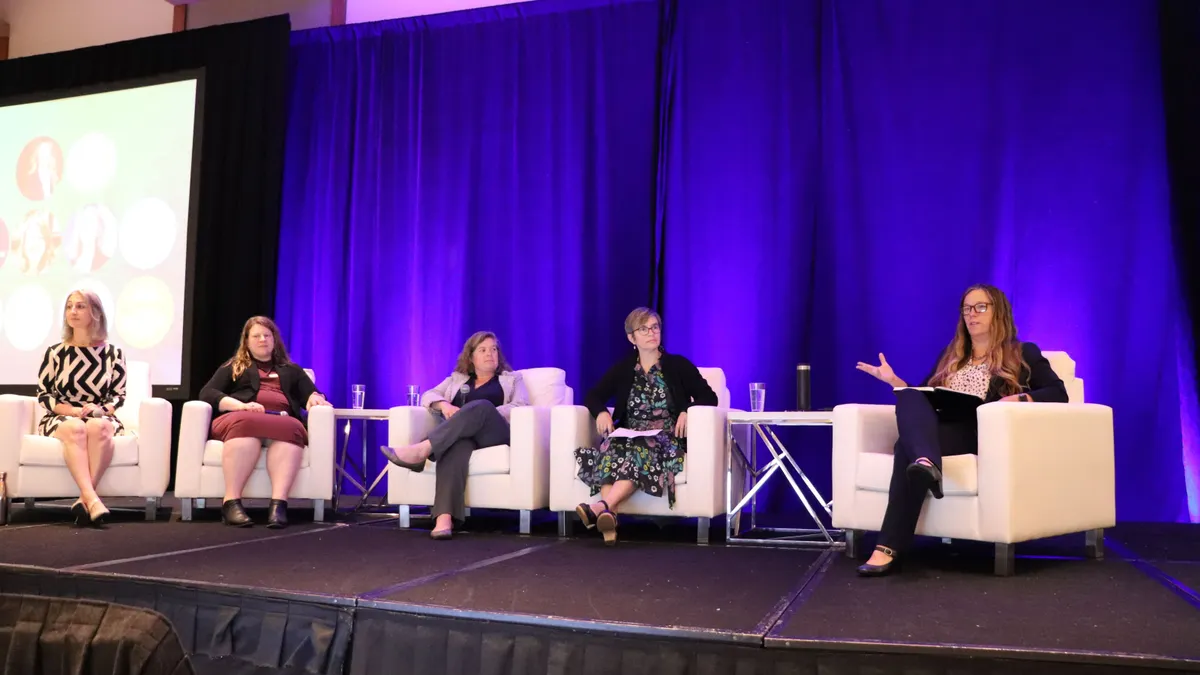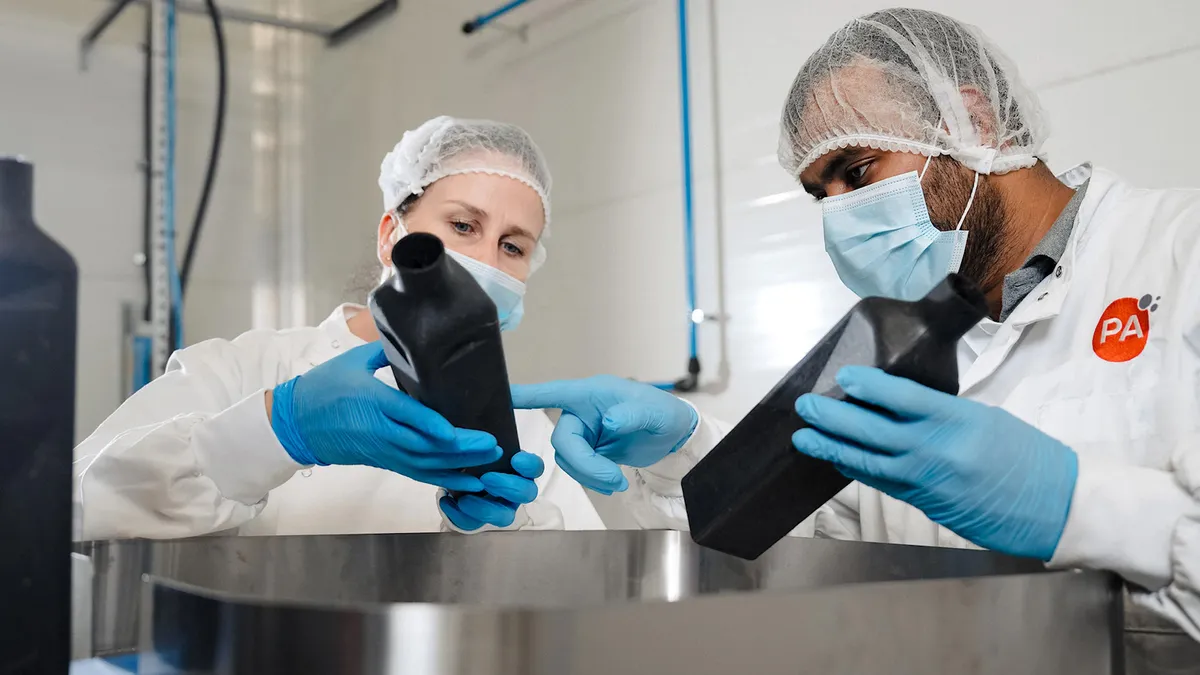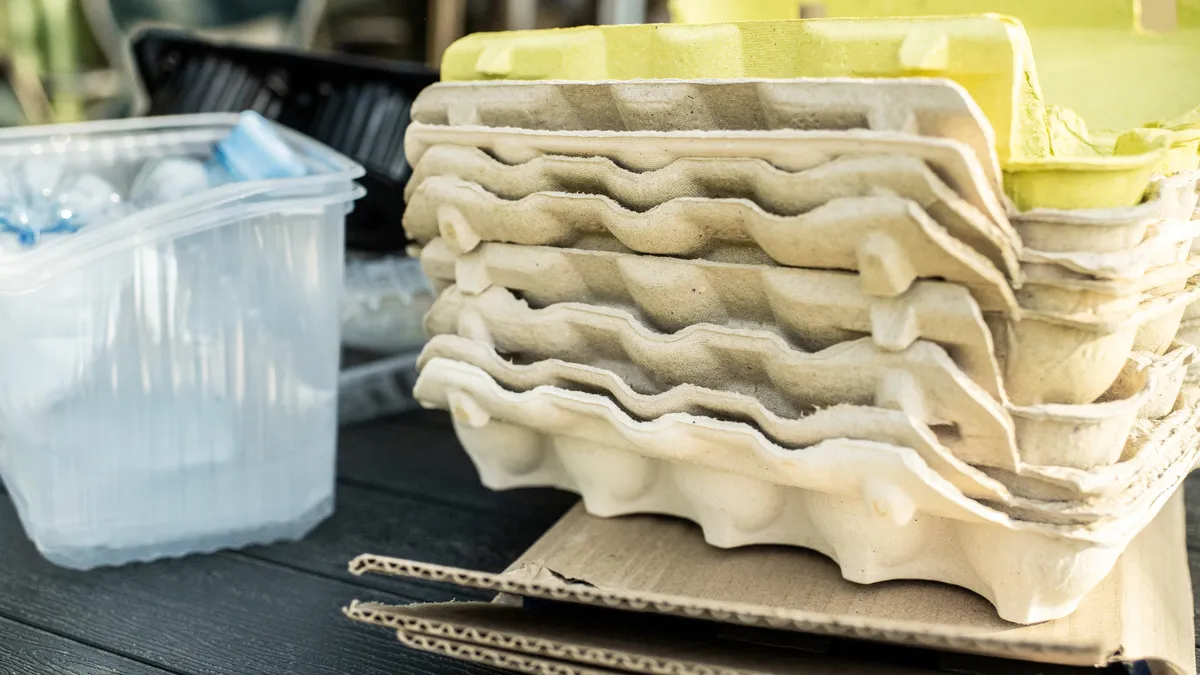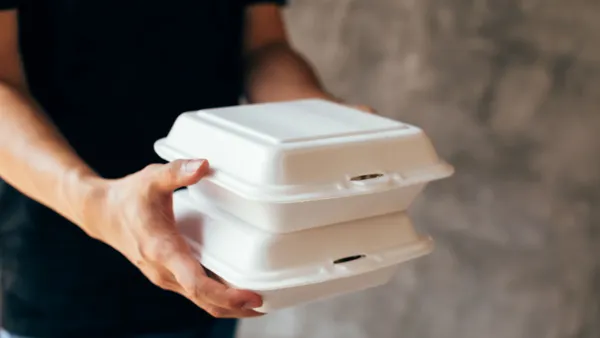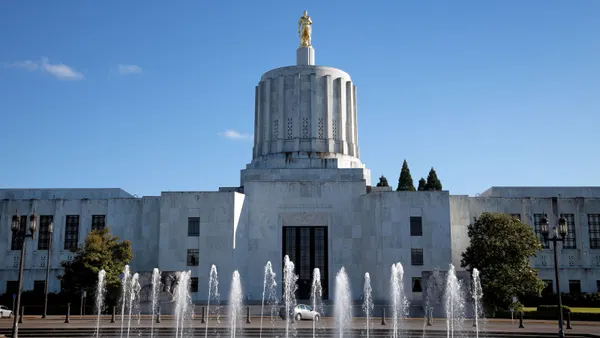State leaders who are advancing extended producer responsibility for packaging policies and programs have a growing number of counterparts to learn from and lean on.
Numerous state lawmakers and regulators discussed implementation updates and how they’re communicating and collaborating across states during the 2025 U.S. Product Stewardship Forum in Wheeling, Illinois, last week.
A panel discussion with state regulators revealed insights from states that are a little farther along in their packaging EPR development, including Oregon and California, and states that are newer to the process, namely Minnesota and Maryland.
Oregon is barreling toward its program launch on July 1 — and is ready — said Cheryl Grabham, materials management program manager with the Oregon Department of Environmental Quality.
California is in a different stage. CalRecycle is reviewing additional comments on draft regulations for its packaging EPR law after restarting the process earlier this year. An economic analysis for the regulations is coming soon, said CalRecycle Director Zoe Heller.
There are other deliverables in the works, too. Heller noted she was recently briefed on a material characterization study to better understand how much packaging and single-use food service ware is taking up space in California’s landfills, which is expected to be released July 1.
California also intends to publish a needs assessment next year. One aspect of that is looking at what California will need to scale up reuse, “a pretty nascent industry with a lot of opportunity,” Heller highlighted.
Panelists also discussed opportunities for harmonization across states through rulemaking. PSI recently launched a harmonization task force to consider some of these issues.
Minnesota was the fifth U.S. state to adopt a packaging EPR law, allowing it to draw on preceding state programs and laws, said Mallory Anderson, packaging EPR coordinator with the Minnesota Pollution Control Agency. A priority area going forward is harmonizing ecomodulation fees and incentives so that “if you're paying one set of fees in one state and another in another state ... they don't cancel each other out.”
Maryland, which is just beginning its process after passing a law in May, is “learning and leaning into why different states are making choices and how it works within Maryland's framework,” said Shannon McDonald, natural resource planner with the Maryland Department of the Environment.
Regulators also detailed their greatest unsuspected challenges.
“Having to reinitiate the regulatory process,” Heller said without missing a beat.
Oregon’s Grabham said that throughout implementation, she’s been routinely surprised by which seemingly small topic ends up requiring a lot of time, energy and collaboration, one example being the types of images used on education materials.
Minnesota’s Anderson noted that there’s been some confusion among stakeholders about which party owns which part of the implementation process. “I think sometimes people expect the agency to do things that we've assigned to other groups,” such as Circular Action Alliance, the appointed producer responsibility organization. “There's been a learning curve there,” she said.
Other states are still in the early stages of introducing, considering and adopting EPR. A separate panel featuring speakers who work in Tennessee, Oklahoma and Nebraska covered strategies for building capacity for various types of EPR, including for packaging, batteries and paint.
Tennessee state Sen. Heidi Campbell discussed gradual efforts to grow support for the Tennessee Waste to Jobs Act, packaging EPR legislation that she introduced in early 2025.
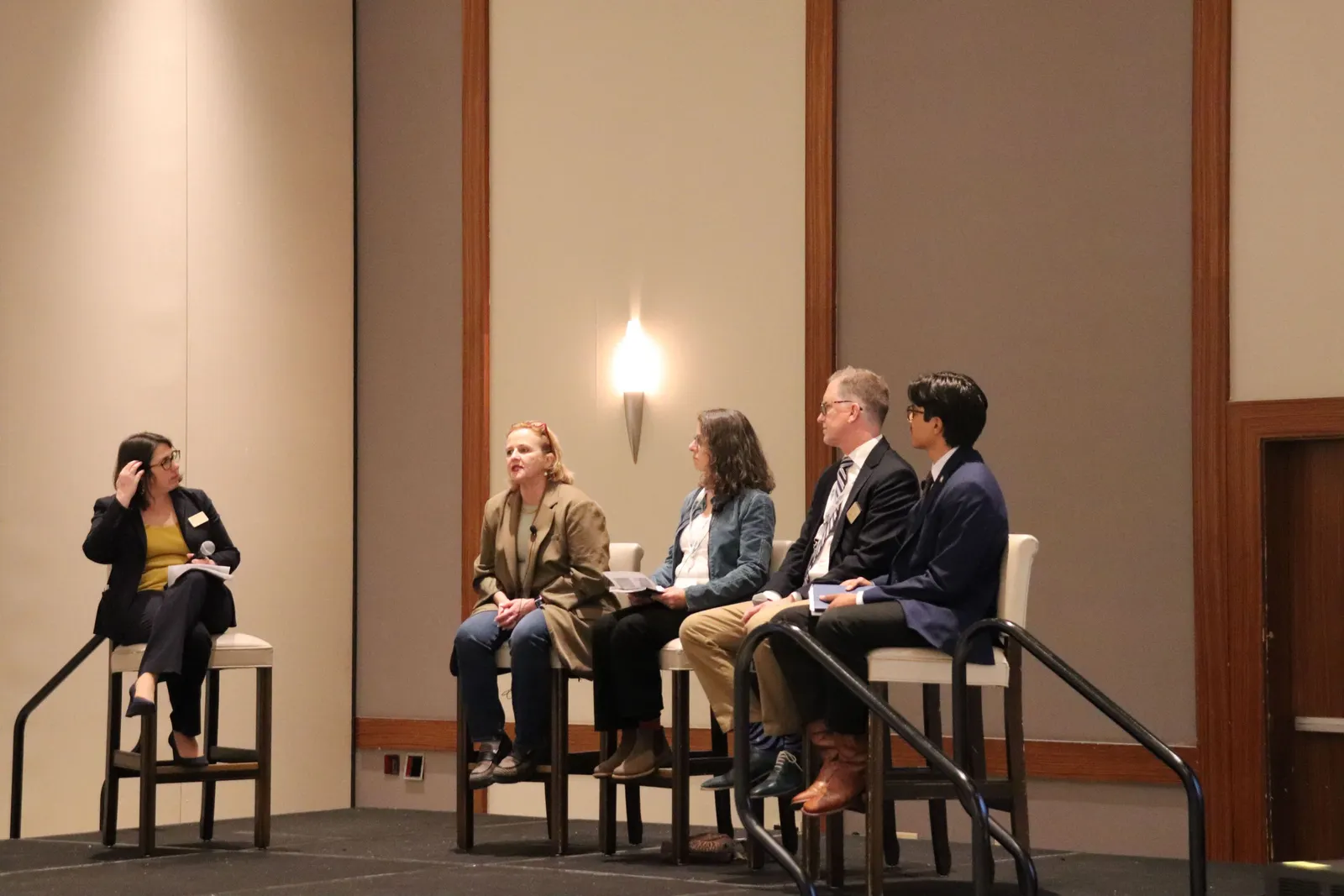
Campbell noted she’s one of a small minority of Democrats in Tennessee’s Senate. “Everything is very political right now,” she said. “EPR doesn't, I believe, need to be political.”
The first step in the process has been learning how to talk about it, she said, adding that environmental benefits are not a winning message in Tennessee.
“We need to talk about the business upside, the economic advantages. That's really what resonates with the people that I need to get on board with it,” Campbell said, noting she treats this effort like a campaign. “We've been going across the state of Tennessee and just building a grassroots movement, and then concurrently building business support by going out to businesses who want the materials.”



